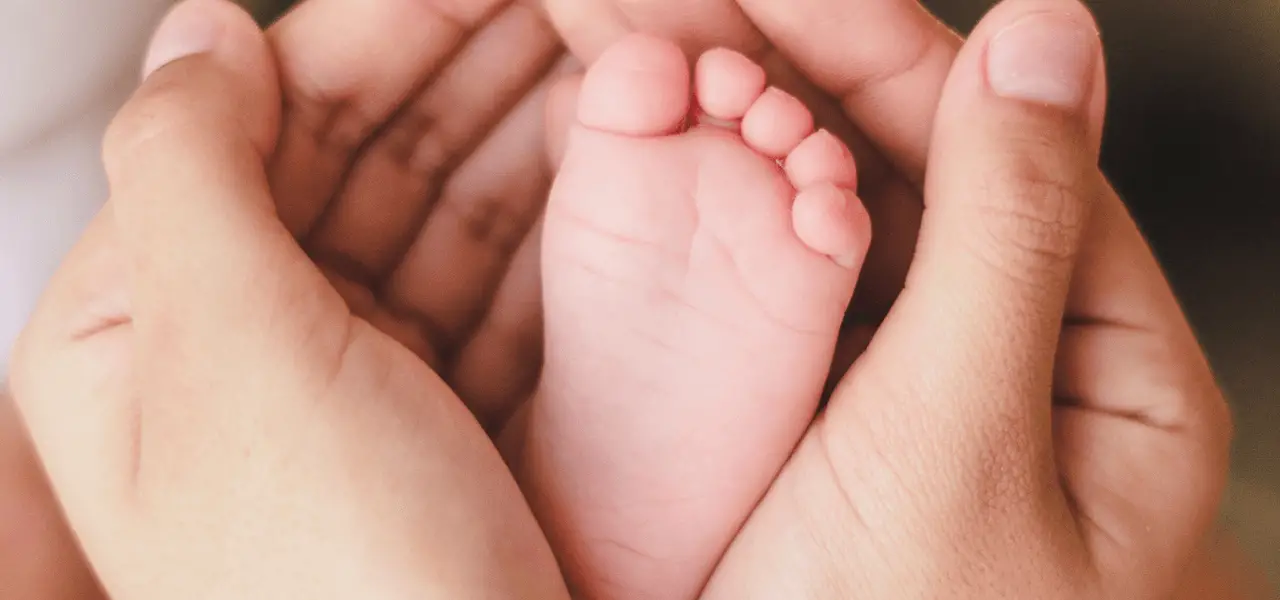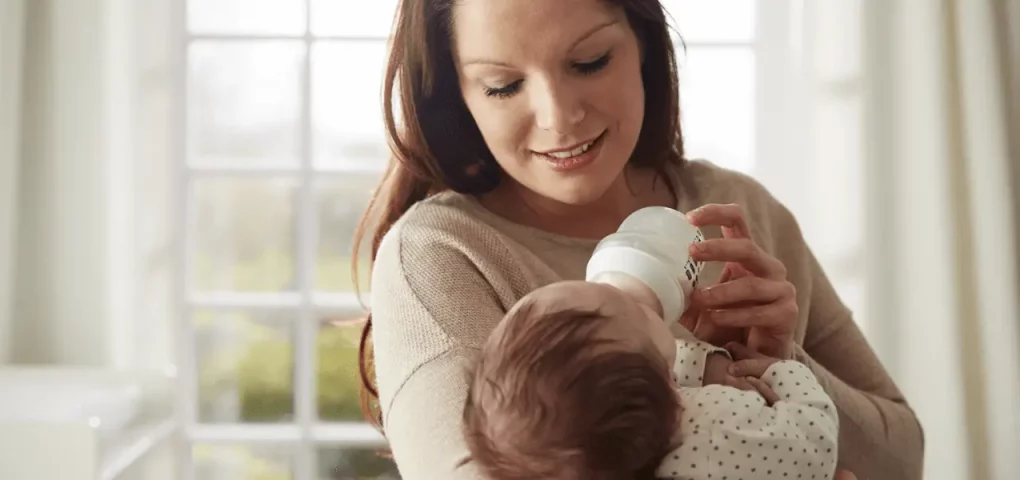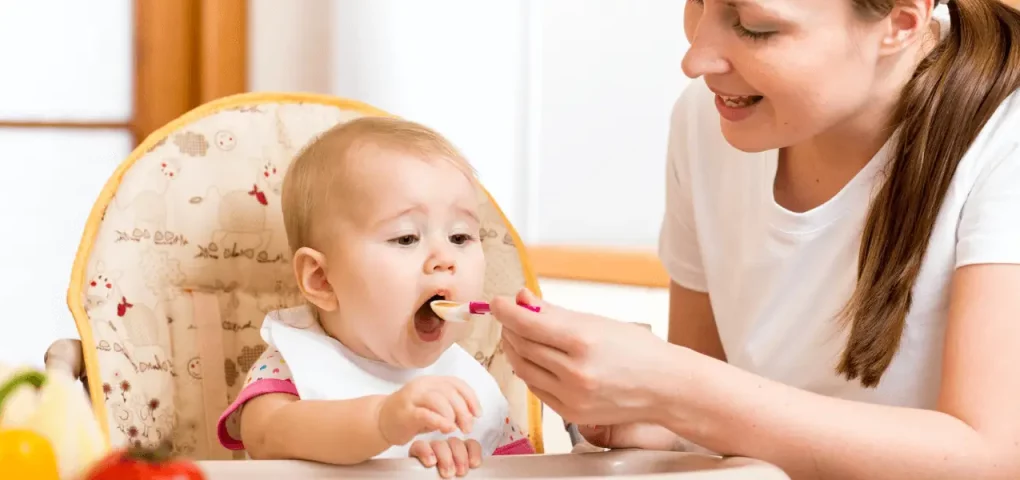
You’re planning on having a baby in the near future, and you’ve decided to take care of them yourself. While this is an admirable choice, it can also be overwhelming when there’s so much that goes into child-rearing.
If you feel like you’re prepared to take care of your new arrival, then read on and take note of the essential child care skills you need to have.
Early childhood education is extremely important. When your child is born, they will need to be cared for and taken care of, and without this form of child care education, you won’t know what to do.
Therefore, you should enroll in some sort of early child care online course and learn at your own pace so that you can learn everything about how to take care of a baby.
One of the most important aspects of high-quality child care is provider education and training. All adults caring for children should receive training on key health and safety topics.
The following article will provide you with valuable tips on child care training.
Read on to learn more!
Child Care Skills: What can early child care training teach you?

Early child care training can teach you how to take care of your infant. You will learn about things like diaper changing, bathing, feeding schedules, and even burping. Proper care for your little one should be your top priority at all times.
When it comes to early child care education, you should consider signing up for classes. These classes are fantastic, and you’ll get to read books and resources that will teach you everything about child-rearing.
Practice what you learn in the classes, and you’ll be more than prepared for when your infant arrives.
How to Give an Infant Massage
What is infant massage? This is a question that many parents ask.
Many people may think that this form of massaging a baby might be an odd concept, especially since they can’t even move on their own. Early childhood educators are taught how to massage a baby as part of their training.
It is, however, an excellent way to bond with your child, and it may actually help them respond better to you as they grow older! Quality child care training is essential, and this includes teaching yourself how to interact with your child properly.
Infant Massage Benefits
Infant massage helps the new parent bond with the infant, as physical touch is one of the love languages parents can use to express affection. In addition, infant massage can be beneficial to the baby too. For example, massaging the feet can help improve circulation and help with digestion.
Child care professionals, such as nannies, will know the proper way to massage the feet and other parts of a baby’s body, but you can also learn them on your own.
Infant Massage Techniques

As far as infant massage techniques go, there are many that you can use to strengthen your bond with your child. You can give an infant massage even without having proper hands-on training.
If you’ve had a fussy baby recently, then take time out of every day to massage them. Here are some of the techniques that you can use:
- Use gentle strokes while using lotion on your baby’s entire body
- Gently rub your baby’s feet while massaging the soles
- Massage their face and scalp with tiny circles or back and forth movements to help soothe them
How to bathe a baby

Bath time for a baby can be so much fun! For many new parents, this is their first opportunity to truly bond with their child, and it’s a great time to teach your children some lessons during bathtime.
While you may want to let them splash around in the water, that may not be the best choice, as they could end up getting water in their eyes or even choke on the bubbles.
Here’s how to effectively bathe your baby:
- Keep it short and sweet, but be cautious of ever leaving them unsupervised
- Make sure that you never leave small children unattended while they are in the water
Simplify feeding time with helpful products

Feeding a baby can be extremely expensive and complicated. Whether you opt for formula or breast milk, the cost is going to add up after a while.
Whether you are breastfeeding or bottle-feeding, there are also numerous products to consider buying if you want to simplify this process.
For example, using a bottle warmer can be helpful if you are formula-feeding, as it will warm up the milk quickly without creating hot spots that may burn your baby.
Consider the following feeding time equipment:
- Bottle warmers
- Breast pumps
- Nipple shields if necessary
- Rubber nipples designed for smaller mouths
- Bibs with pockets so spills don’t get everywhere
Be sure to talk with your doctor or child care providers about any questions you may have before deciding how to proceed during feeding time. You should also discuss your plans ahead of time so that they know what type of feeding equipment to hand out to you.
If you opt for bottle-feeding, make sure that the bottles are BPA-free and safe for your baby’s age range. Your doctor should be able to provide more information on what types of bottles would be best for your child.
In addition, don’t forget about clean-up time! You’ll need a good disinfectant spray or wipes as well as a new bib if they end up spilling some milk during dinner time.
There’s also laundry detergent that needs to be packed in case there are any leaks from the diaper bag while you’re out with the baby.
If you have any questions or concerns at all, then talk to your pediatrician before going ahead with infant massage or feeding equipment. They should provide you with the advice that you need to make good decisions for your baby’s health.
How to change a diaper

When a baby is born, there are a variety of things that new parents have to learn quickly. Changing a diaper might be one of the more daunting tasks for some, but it’s also important to make sure that your child is comfortable and feeling safe while you’re performing this task.
When changing them for the first time, follow these tips:
After you change their diaper, be sure to use an ointment or cream on their genitals if necessary.
- Be gentle when washing and wiping them, so they aren’t in pain. You don’t want their skin irritated after each time that they go through this process.
- Keep in mind how much space is available when looking for a place to change them. If you need your baby to lay down, a bed is definitely recommended. If you’re changing them in the car or another place, being prepared with all of the materials you need will help ensure that everything goes smoothly.
- Be sure to check their diaper often so that you can catch any problems before they get worse. This might be especially important if they have been spitting up a lot lately, and it’s something to consider while diapering them.
Another option for your baby is choosing disposable diapers. These will make your life much easier since there isn’t as much of a mess factor when throwing away used diapers.
You’ll need to buy these products ahead of time and keep a good stock on hand for whenever you run out. In addition, many parents choose to use a combination of both cloth and disposable diapers.
This will depend on what you can afford and if you want to reduce your overall waste in the process. It’s also important to note the cost of washing each type of diaper as well as how often you plan on doing laundry during a typical week with a newborn child.
How to feed a baby

For nursing mothers, it might be challenging to remember the initial process for feeding their baby. Breasts can become engorged or produce too much milk if you aren’t careful with how you’re breastfeeding your child.
If this happens, it’s time to back off and take a break until the breasts feel more comfortable again. You should also make sure not to drink caffeine during this process because it will cause your body to produce even more milk than necessary.
There are many advantages of breastfeeding over bottle-feeding when done correctly. It stimulates bonding between mother and baby. Breastfeeding also provides them with healthy antibodies that prevent infections from occurring easily.
Breast milk is always at the right temperature, so there are no worries about using a microwave or boiling water to heat it up before feeding.
In addition, breastfeeding mothers have the opportunity to make a variety of different nipple types and styles for their newborn children.
If you run out of any specific type during a feeding session, then you can always switch back and forth until you get more restocked on supplies.
For bottle-feeding mothers, there are many options available as well. Perhaps your baby might prefer organic milk boxes over bottles because it makes them feel safe and secure when drinking from this container.
In addition, parents should consider buying several types of nipples that come in different shapes and sizes depending on what works best with their baby’s palate.
No matter which way you choose to feed your child, remember that each child is unique and has its own preferences over different types of milk.
In order to prevent any feeding issues, be sure to do your research on the best products that are currently available on the market today for this process.
How to put a baby to sleep

Sleeping is an important part of any growing child’s life. It helps them recover from the day, build up their strength for the activities that they’ll participate in tomorrow, and remain healthy throughout this process.
For infants, it can be difficult to get through the night without waking up multiple times during the evening. This is because they are not yet used to sleeping without being held or snuggled together with their favorite blanket.
As children grow older, they will sleep more quickly in their own bed without needing your help in order to stay asleep until morning arrives.
With newborns, it’s best to try and get them accustomed to sleeping on their back with a firm blanket under their heads. This can reduce any of the risks from Sudden Infant Death Syndrome or SIDS.
In addition, swaddling your child is also crucial during this process because it reminds them of being in the womb and feeling secure while they’re trapped inside of you.
Some parents find that wrapping their baby tightly in a blanket works just as well for this purpose, so long as you get them used to sleeping without having anything over their mouth or face.
What to do when a baby is crying

Crying is the only way infants can communicate different needs during their first few months of life. This includes hunger, sleepiness, discomfort, and anything else they might feel while you’re caring for them day in and day out.
As a result, it’s important to monitor your infant carefully whenever this happens so that you don’t miss any signals or potential problems with their health.
Crying too often without any obvious reasons should also alert parents about possible issues associated with SIDS since this syndrome can cause breathing difficulties or cardiac arrest during sleep periods.
If you feel as though your baby’s crying matches these descriptions more than others, then it’s time to take them to a doctor as soon as possible so they can determine if something is wrong.
Although all babies cry sometimes, it’s important to speak to your child’s doctor immediately whenever this happens.
This will help you receive the proper care that you deserve during this process, on top of helping them get more comfort while they’re struggling with the issues at hand.
Do Your Research
While infant massage techniques can be beneficial to your child, you should always research before you start massaging your baby.
The advice that this article provides is not extensive, and you will need to know more information for yourself if you want to make educated choices about massaging your child.
It’s good to remember that you can use many different techniques to make your baby comfortable.
While it may seem impossible to prepare for child care training, understanding all of the responsibilities that come with taking care of a child is just one step.
Learning about how to take care of your newborn, deal with their crankiness, and keep them safe is key to being an excellently prepared parent.
Check out our other posts for more information about how you can be a great parent!


Leave a Reply